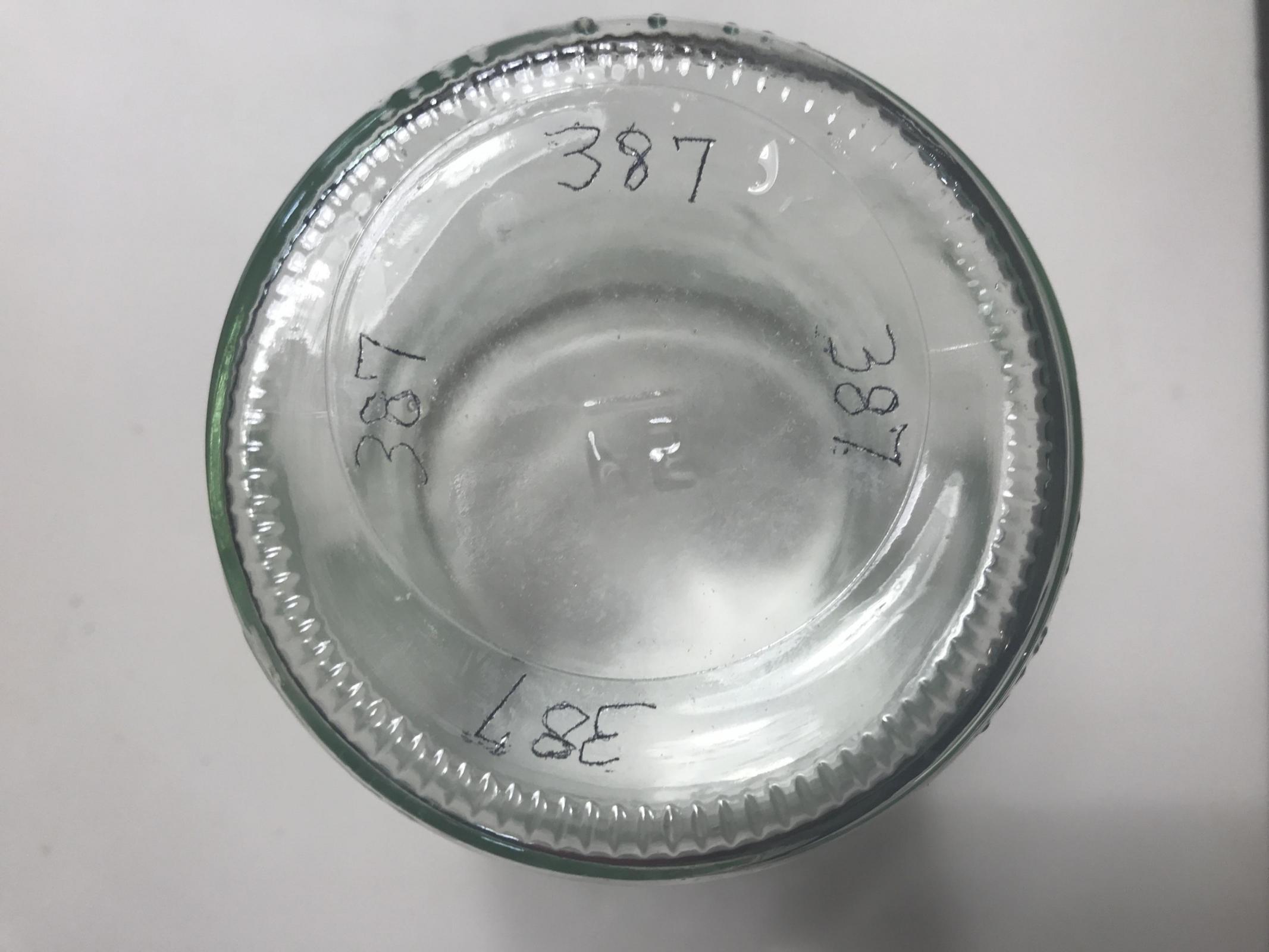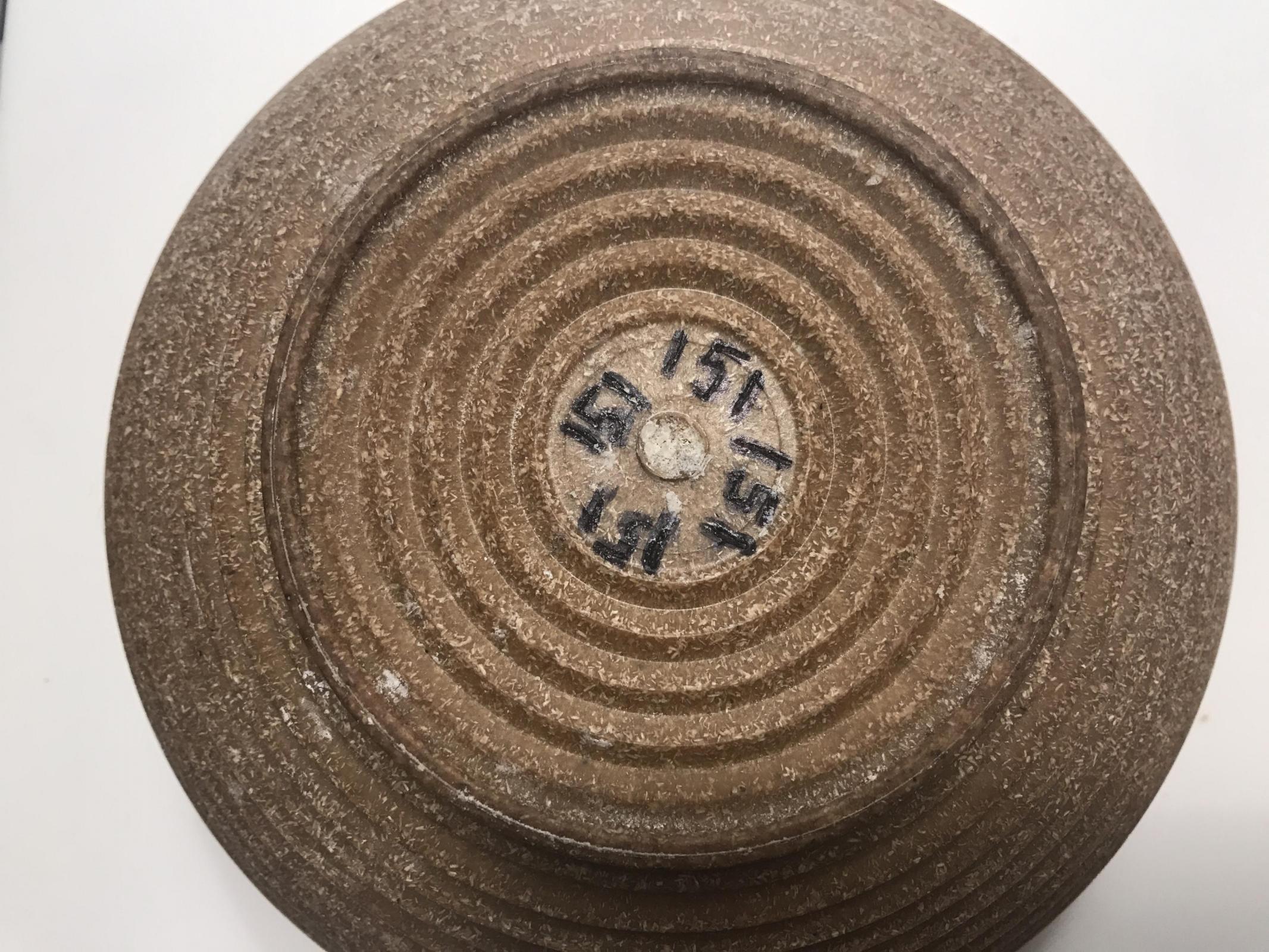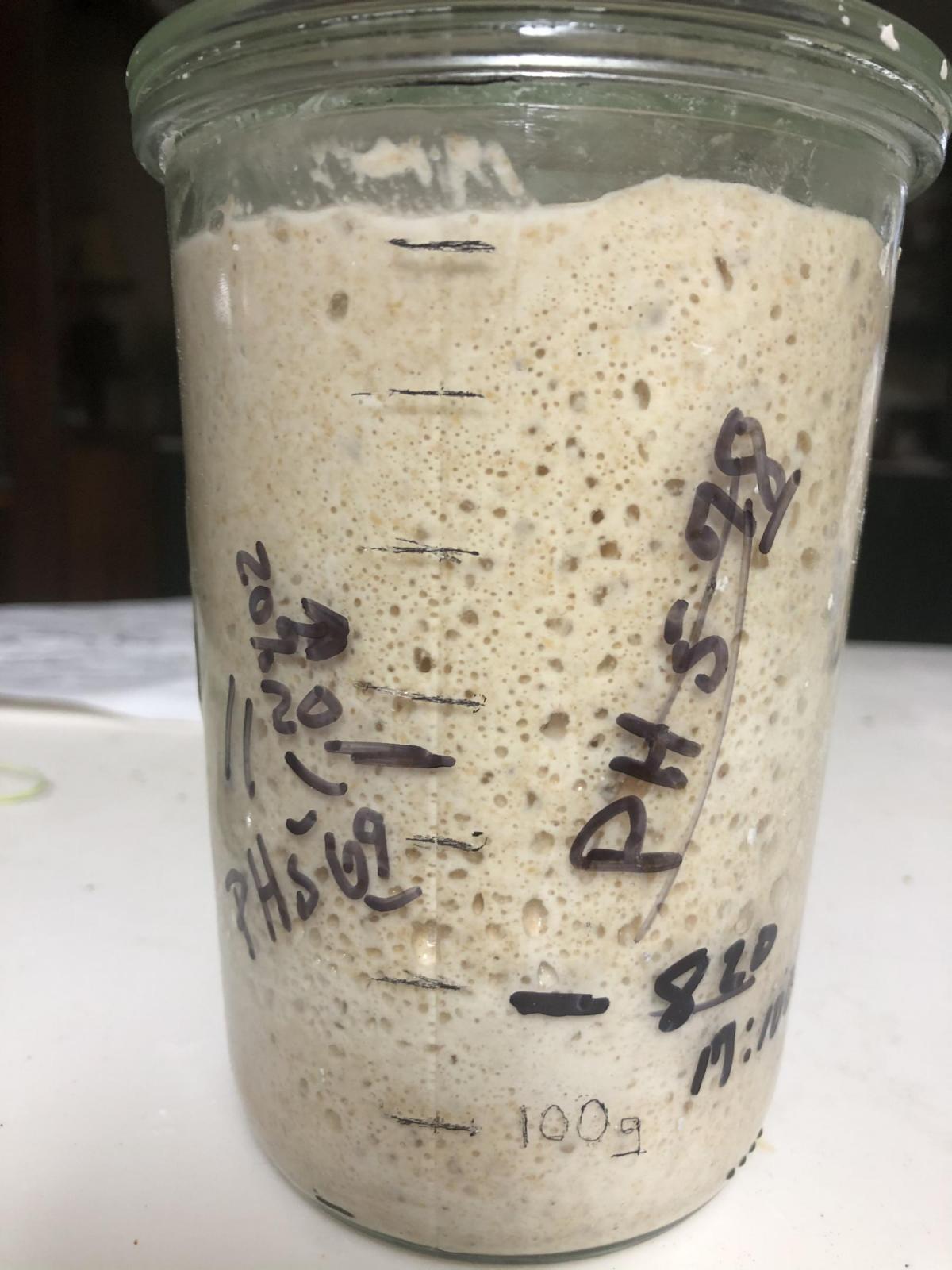How many times have we wished we knew the weight of the container on the scale after we added an ingredient in it. For instance, let’s say I put some starter seed in the container but forgot to zero it out. If I know the weight of the container, I can subtract that from the total to find the weight of the starter. For me, this is a regular occurrence.
I ordered a carbide tipped scriber that marks glass. For a modest investment of $7 I bought one. It doesn’t mark the glass very deep, but it is visible. If you mark over the scratched numbers with a black marking pen, the ink will fill the crevices. Then wipe off the ink from the glass and the scratch marks will be black. Now all of my glass containers are marked with their empty weight. I thought this might interest others. If so, you can see the tool I bought here.
https://www.amazon.com/gp/product/B00004T7S1/ref=oh_aui_detailpage_o04_s00?ie=UTF8&psc=1


Dan
Update 10/27/19
Today I was mixing my dough @ 80% hydration and it felt dry, checked the bottom of the mixing bowl and got the empty weight. So I checked the spreadsheet and determined that the dough was missing 11 grams. Since it was dry, I knew it was water missing. Added in the 11g water and I was back on track.
Update 2/25/22
Mixed a batch of dough that looked way too wet. Since the weight of the mixing bowl was recorded on the bottom, the bowl filled with dough was weighed and the weight of the bowl was subtracted from that number. I then knew the ingredients were correctly measured.
I can’t speak for others, but for me this is a great safety net.
If any of this is of interest to you, check out THIS LINK for more.

If you have an Arts and Crafts store near by you can pick up an inexpensive vase that works perfectly for a starter feeding vessel. The tall and narrow, straight sided jar is perfect for evaluating the amount of rise. In the case below the jar is marked in 25 gram increments. Simply tare the jar on your scale and add 25g water, then using a scribe mark the level. Continue adding water, 25g at a time and marking the level. NOTE - the empty jar was weighed and that weight is scribed on the bottom. The vessel weight comes in handy more times than you can imagine.

By the way - narrow is good but you want to make sure you can get a narrow spatula or something similar into the jar for cleaning.
That's why all of my containers are either lightweight standardized or have their weight recorded.
Good idea - screw up enough times and you'll have them all memorized. Just write them down on a cheat sheet and keep it handy - mines on my iPhone...,
Wild-Yeast
That Amazon post is exactly like the one my Dad kept on the workbench in the garage since I was a kid. It's gotta be almost 50 years old. I've used it for many projects, mostly metalwork, but never thought of using it on glass.
Thanks for the stroll down memory lane.
--Mike